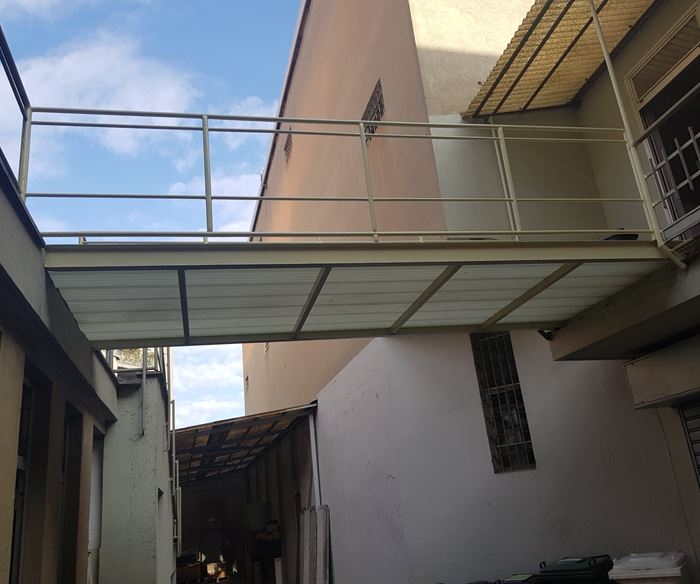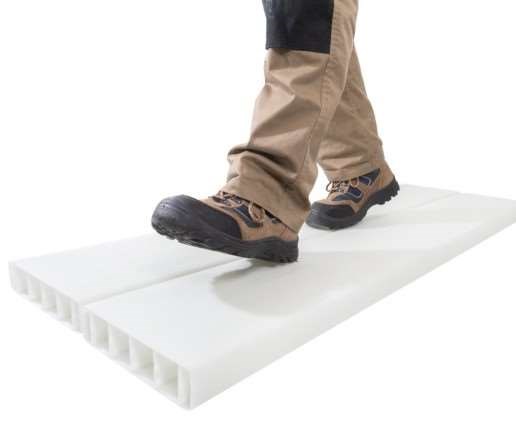SABIC introduces STADECK panels to Americas
STADECK panels are made from glass fiber reinforced thermoplastic resin and are up to 60 percent lighter than wooden planks.
SABIC (Riyadh, Saudi Arabia), is showcasing for the first time in the Americas, STADECK heavy duty-panels for scaffolding and numerous other applications, at the NAHB – International Builders Show in Las Vegas, February 19-21. The high-strength, lightweight panels for the building and construction industry were launched in Europe in 2018.
STADECK panels are made from glass fiber reinforced thermoplastic resin and are up to 60 percent lighter than wooden planks. The weight savings have an important influence on energy consumption during transport where SABIC estimates the total savings cost can be over 30 percent. Recyclability and long expected lifetime of STADECK panels make them more sustainable and efficient than standard wooden planks. The panels are corrosion-resistant, and resistant to weathering, UV radiation, and chemicals commonly used in the construction industry. They are also said to have good flame-retardant properties.
STADECK panels conform to NEN-EN 12811-1, the European standard that specifies performance requirements and methods of structural and general design for access and working scaffolds. They also have anti-slip properties.
According to Sabic, in addition to scaffolding, the panels offer significant advantages in applications where weight saving and high strength are important. STADECK panels are well suited for decking, fencing, floodwalls, jetties, sheathing, wheel chair ramps and numerous other purposes.
The panels, which can be produced in different colors, come in standard dimensions — gauge 2.165", width 9.06"; and lengths of 118" and 236" — with custom lengths available on request.
Related Content
-
MFFD thermoplastic floor beams — OOA consolidation for next-gen TPC aerostructures
GKN Fokker and Mikrosam develop AFP for the Multifunctional Fuselage Demonstrator’s floor beams and OOA consolidation of 6-meter spars for TPC rudders, elevators and tails.
-
TU Munich develops cuboidal conformable tanks using carbon fiber composites for increased hydrogen storage
Flat tank enabling standard platform for BEV and FCEV uses thermoplastic and thermoset composites, overwrapped skeleton design in pursuit of 25% more H2 storage.
-
The potential for thermoplastic composite nacelles
Collins Aerospace draws on global team, decades of experience to demonstrate large, curved AFP and welded structures for the next generation of aircraft.

















